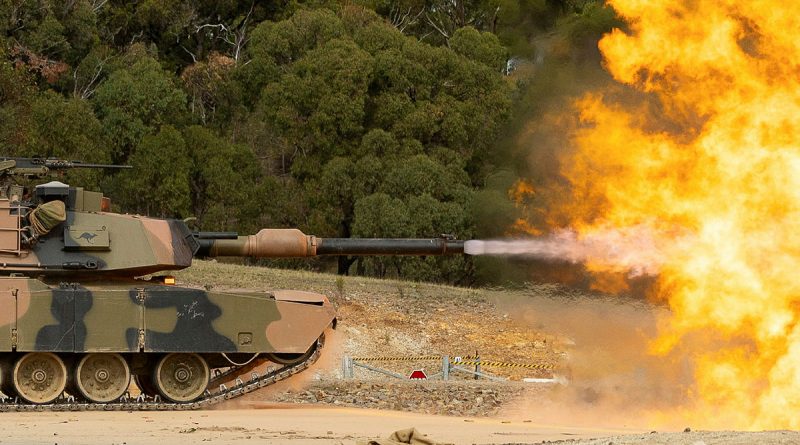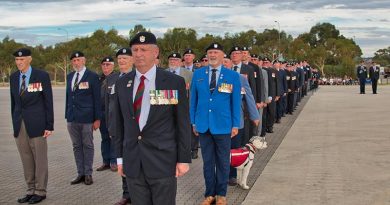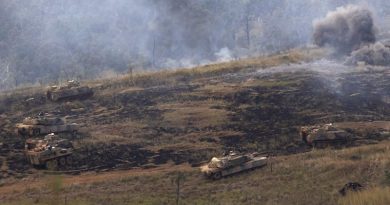Where will the hurt be felt most?

Making 1st Armoured Regiment a non-combatant was something managed very closely by Defence. Complaints from the unit itself had to be avoided; to this end, everyone was given a choice – albeit, possibly a theoretical one in terms of the leadership echelon.
The options were to either stay with 1 Armd Regt as a Combat Experimentation Group (CXG) in Adelaide, or transfer to the 2nd Cavalry Regiment in Townsville for those who wanted to remain as tank crews. (Non-Corps postings could also probably be arranged for those with special circumstances.)
Of course, schooling (rather than career or individual preferences) would have been a factor for many of those with families. Disappointingly for them, this is a decision, the need for which, would have come completely out of the blue.
For those in command appointments, a career decision was likely to be involved. There was undoubtedly considerable inducement in terms of the new role and opportunities available to those who choose to remain with the ‘new’ 1 Armd Regt. One has to wonder what counselling may, or may not, have been available to fully consider the ‘pros and cons’ involved.
The impression given, of course, was that everything would continue in the new unit, just as if the role hadn’t changed. Although there was no entitlement for it, the Standard would remain and the history and traditions, e.g. Cambrai Day, would continue as before.
Unsurprisingly, the RAAC Corps RSM declined to respond when asked what the RAAC position was re the following issue:
When it became a complete tank regiment, 1 Armd Regt earned the right for its Guidon to be replaced with a Standard, as per the British Army custom for a ‘heavy dragoon’ unit.
The Standard, with battle honours emblazoned and Unit Citation for Gallantry affixed, is now held by the Combat Experimentation Group (CXG), a non-combatant.
The CXG (or 1 Armd Regt minus tanks) has no entitlement to carry the Standard and it should be laid up in accord with its consecrated status.
Should 1 Armd Regt rejoin Army’s order of battle as a tank regiment at some point in the future, the Standard can then be returned to the unit.
It was hoped that this might be an occasion when the RAAC leadership would do the right thing, rather than bending the rules to meet the wishes of the Chief of Army. Sadly, this was not to be.
Acknowledging the choices made by those serving, 1 Armd Regt veterans are the ones who feel the hurt associated with the loss of heritage and tradition, most acutely. They are the ones who expected that their service would have contributed to a legacy to pass on to those coming after. This service, accrued over 75 years, across five different tanks, was something to be proud of. Something that the RAAC as a whole, could be proud of.
Without tanks, however, the bond formed by close-knit tank crews is absent. It is this bond which makes a tank regiment different to any other unit. Without it, there is no legacy to pass on.
The Chief of Army doesn’t understand this. As he’s never served in a tank regiment, there is no reason that he should. But he has a whole Army to advise him, why can’t ‘they’ get him to understand?
Maybe ‘they’ don’t care.
Lieutenant Colonel Bruce Cameron, MC, RAAC (Ret’d)
.
.
FILE PHOTO: An Australian Army M1A1 Abrams main battle tank fires its 120mm cannon during a live-fire serial for the Coral-Balmoral Cup at Puckapunyal Military Area. Story by Captain Thomas Kaye. Photos by Corporal Johnny Huang.
.
.

.
.





Rather interesting, I see parallels with the Whitlam era, one of the early decisions was to reduce the size of our Defence Force again to save money. The F111’s were on the way and had to be paid for which meant cuts, fortunately they arrived and turned out to be one of the best purchases ever made, a fantastic aircraft.